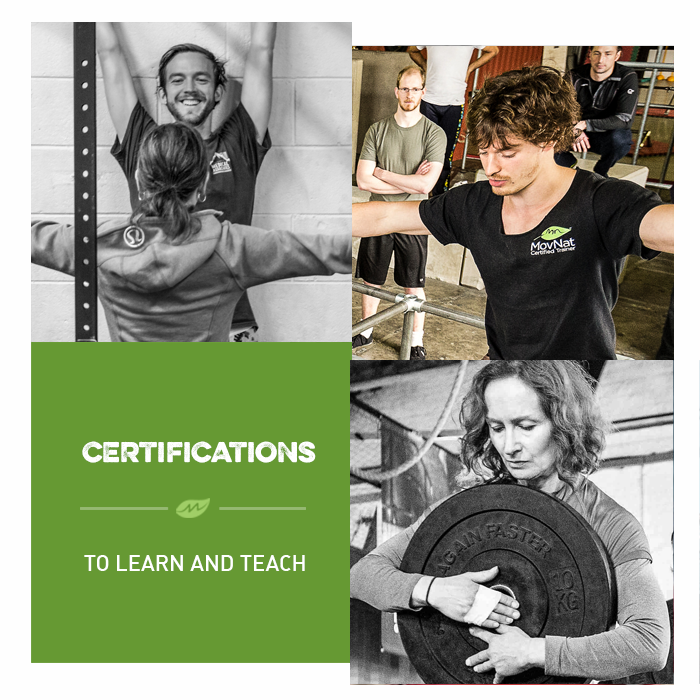Get Started With Natural Movement Fitness – TODAY!
The MovNat Level 1 Certification is your entry point into the world’s official Natural Movement® Fitness program. It equips you with the knowledge, skills, and methods you need to transform your movement & fitness and build real world capability from the ground up. You’ll learn not only the movements in the official MovNat curriculum, but also the methods to apply those movements to your unique needs, goals, and circumstances.
Over the last twelve years, MovNat has helped thousands of people from all walks of life restore their natural abilities and lay a foundation for a deeper, lifelong movement practice. We are the original, official, and only Natural Movement® Fitness certification, with thousands of certified professionals and dozens of MovNat Licensed Facilities all around the world.
Whether you’re completely new to Natural Movement Fitness, or a seasoned veteran looking to expand your skillset, the MovNat Level 1 Certification is your launchpad to a deep understanding of natural human movement, how to integrate it into your training and lifestyle, and help others do the same.
Want to get started at home? Start today with our MovNat Level 1 Fundamentals E-Course






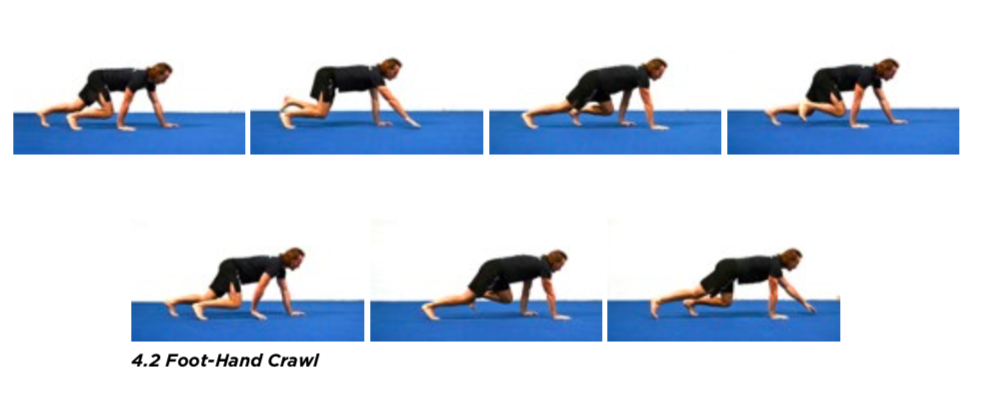

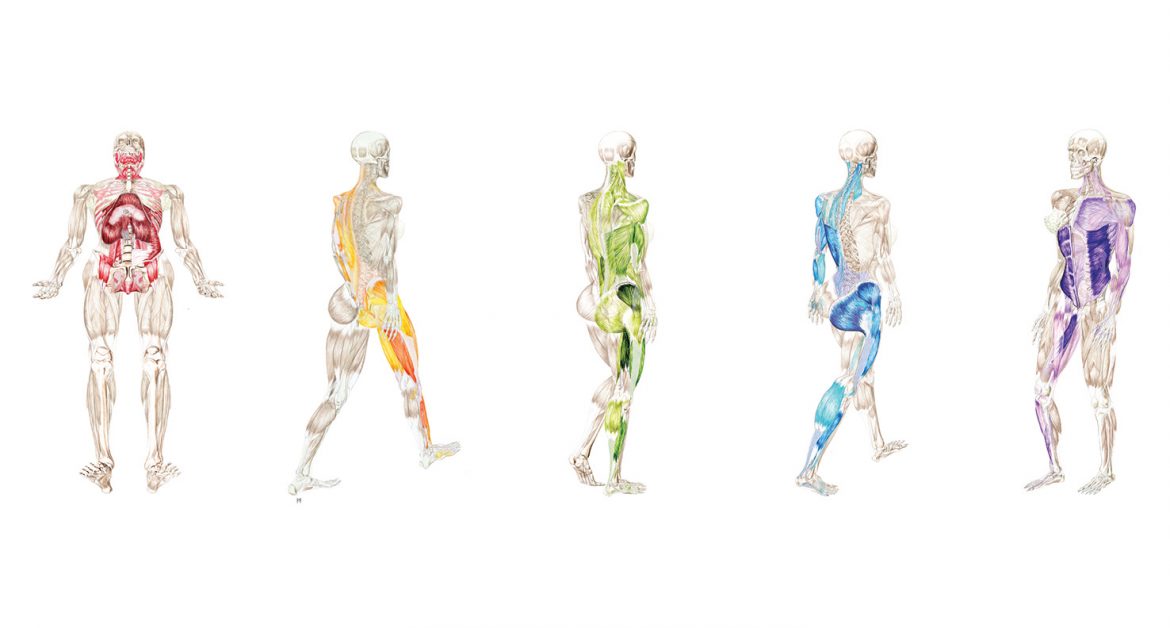 Our bodies are a wonderful tapestry of muscles, bones, ligaments, fascia, tendons, nerves, organs and cells from top to bottom.
Our bodies are a wonderful tapestry of muscles, bones, ligaments, fascia, tendons, nerves, organs and cells from top to bottom.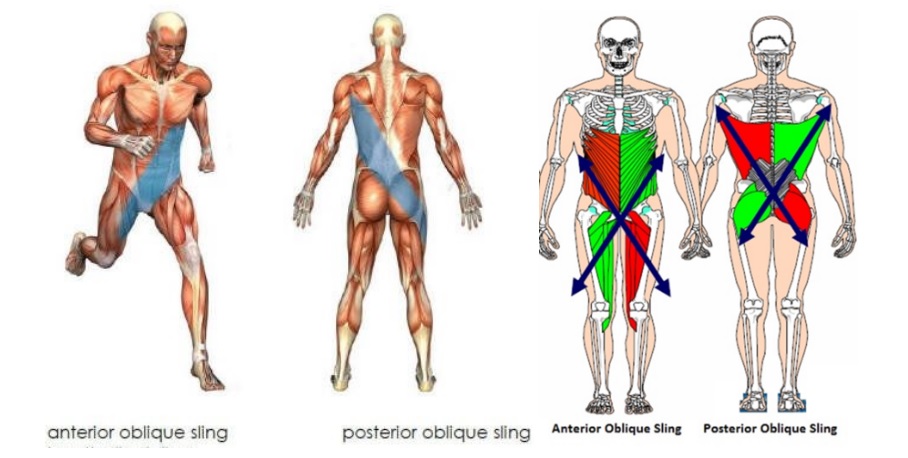
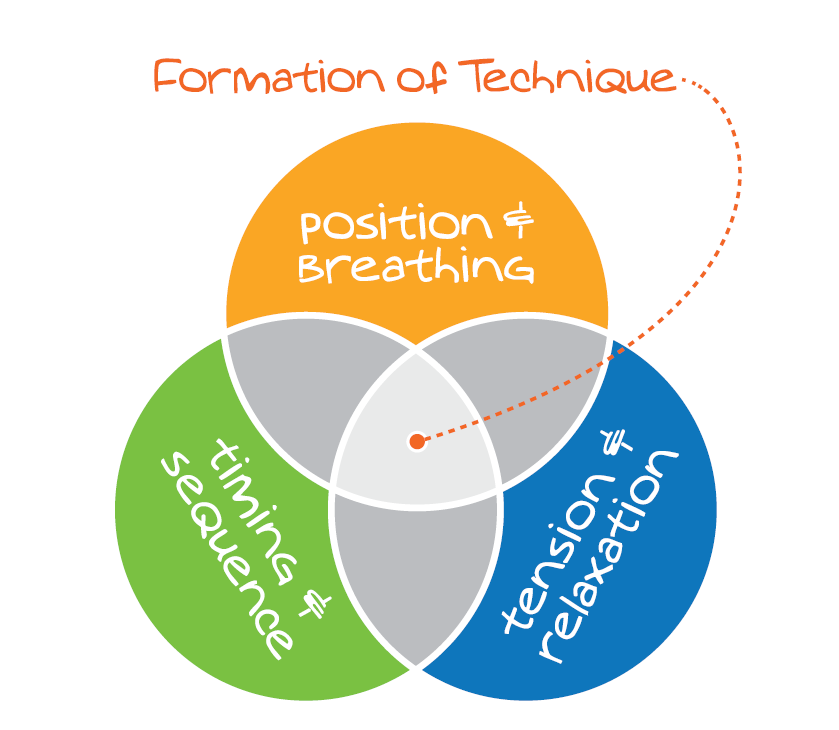








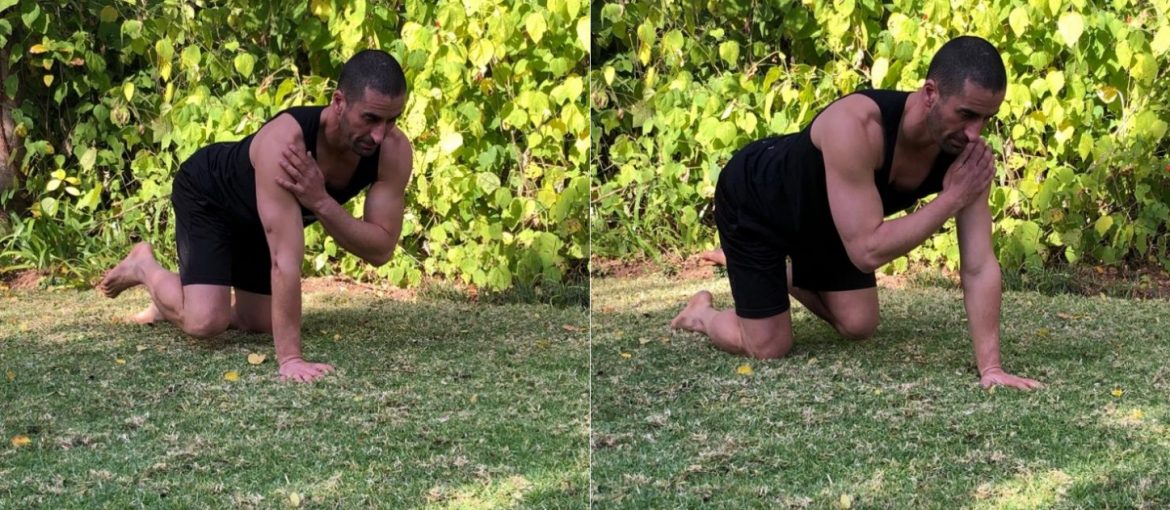
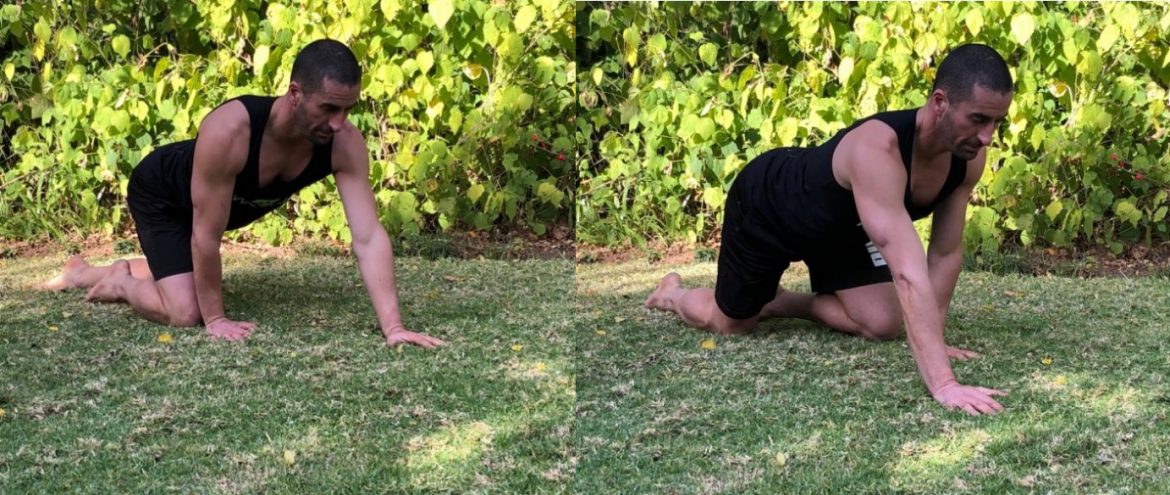

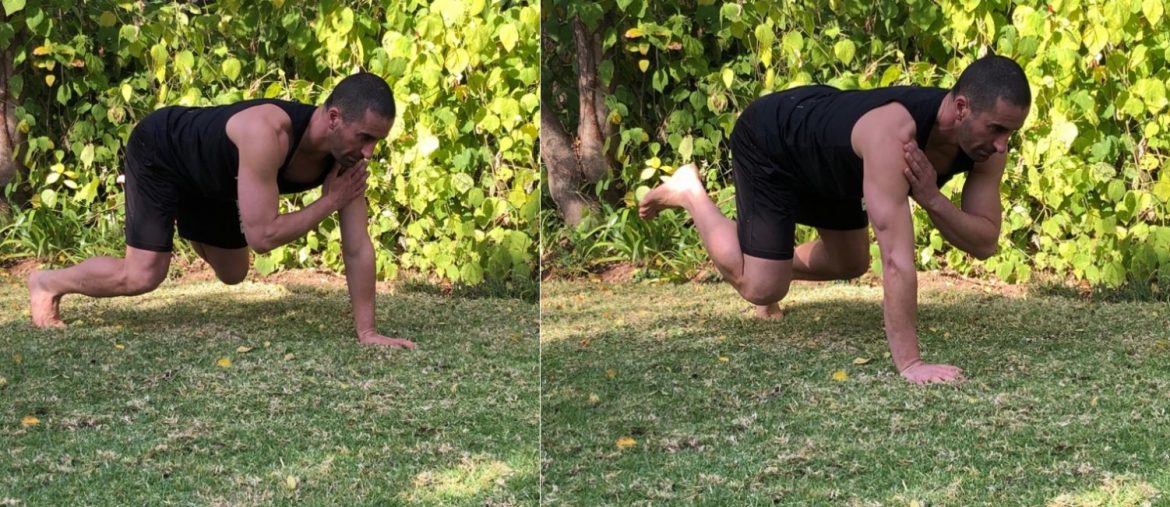
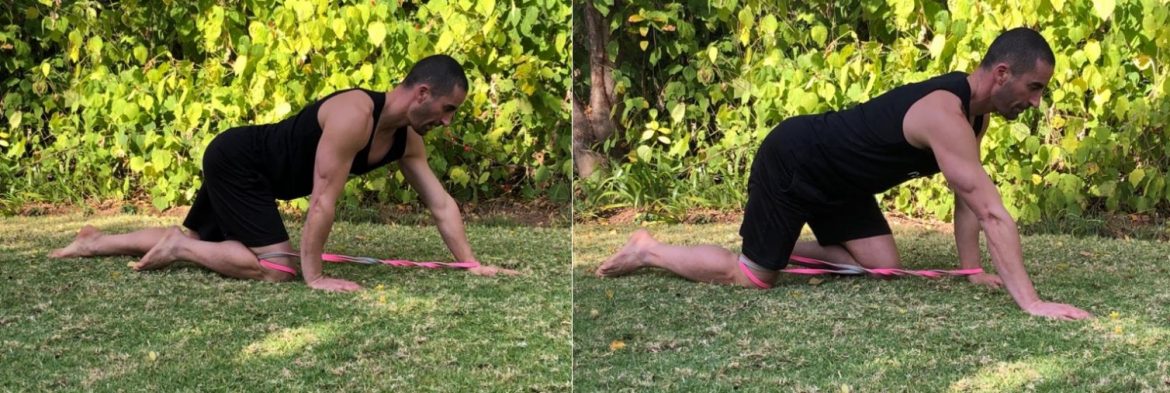

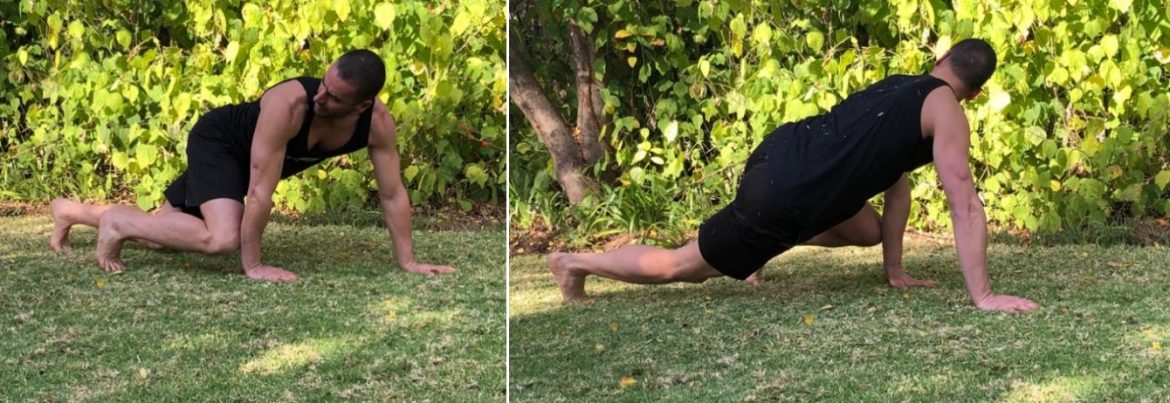

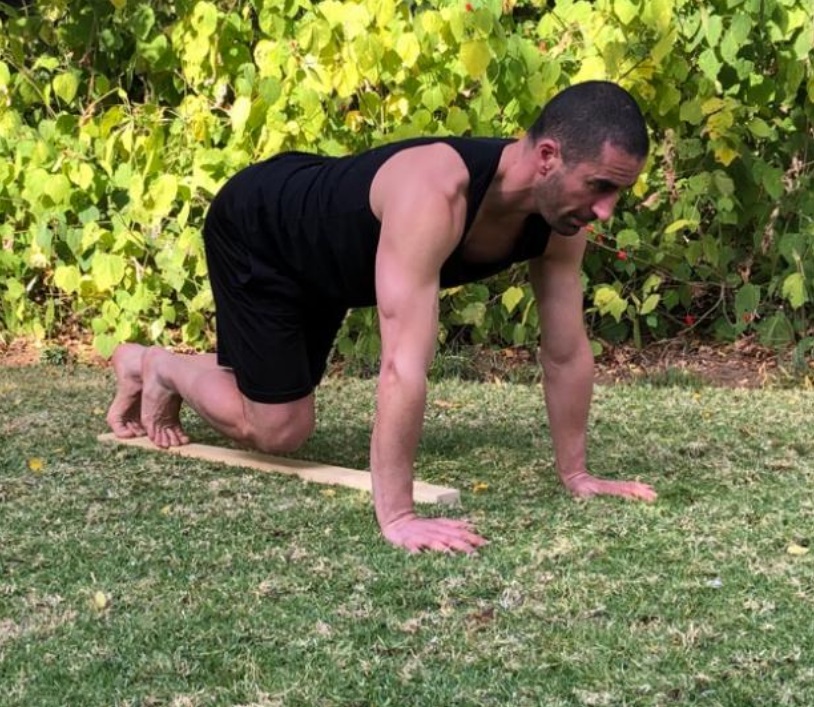

 Peri Zourides is a MovNat Team Instructor and the owner of
Peri Zourides is a MovNat Team Instructor and the owner of 